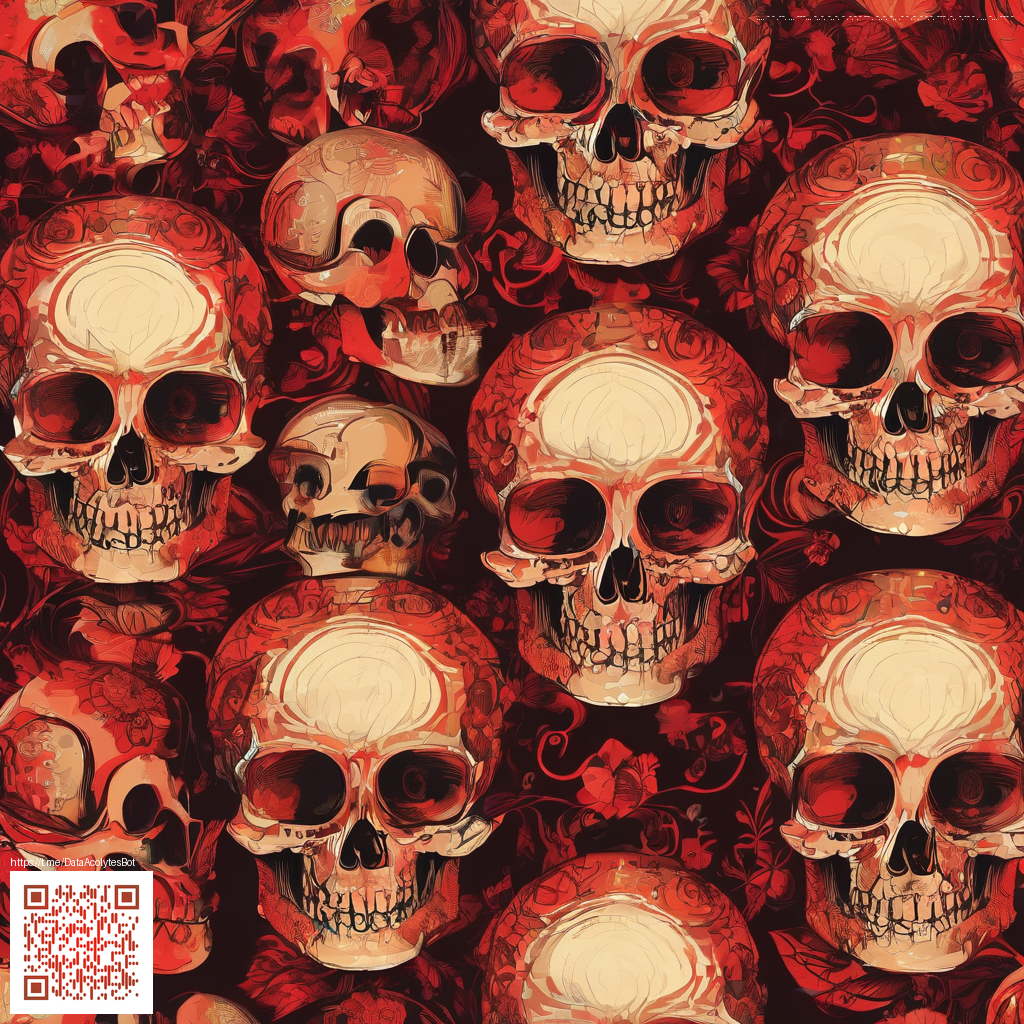
Color as Brand Personality
Color is more than decoration—it’s a first impression, a mood, and often a quick-read of your brand’s values. Think of it as the personality you want your audience to meet before they hear your voice. Vibrant yellows and energetic oranges can signal optimism and action, while deep blues convey trust and reliability. When you design a branding system, you’re choosing a palette that travels from logo to packaging to your website with the same confidence. 🎨✨
Consistency matters. A thoughtfully chosen color system provides anchor points across channels, helping customers recognize your brand even when other elements drift. If your goal is accessibility and inclusivity, you’ll also consider contrast—a bold red can speak loudly, but it must stay legible against light backgrounds to welcome all readers. 🧭🔍
Typography as Voice
Typography is the tonal layer beneath color. The typeface you pick—its weight, mood, and rhythm—speaks for you when your copy is quiet. A modern sans-serif often communicates clarity and efficiency, while a refined serif can project tradition and credibility. The real magic happens when you pair typefaces with a restrained color palette to create a coherent ‘voice’ across headings, body text, and captions. Typography isn’t just legibility; it’s cadence. 💬🔤
“Colors give brands their mood; typography gives them their speech. Together, they shape perception in seconds.”
In practice, your typography choices should support readability at various sizes and across devices. This means selecting a scalable type system, harmonizing letter shapes with your color contrasts, and maintaining consistent line height and spacing. A well-balanced type pairing can elevate a brand from good to distinguished, much like a carefully chosen accessory elevates an outfit. 🧩📐
Practical Pairings: Color + Typography in Action
To illustrate how color and typography interact, imagine a minimal, product-forward brand. Consider a cool, slate-gray palette with a high-contrast accent to highlight calls to action. The typography would favor a sturdy sans-serif for headlines to convey modern practicality, while body text stays comfortable to read with ample line height. This combination communicates efficiency and reliability—perfect for a brand that wants to be perceived as both approachable and capable. 💡
- Define your brand’s color sentence: pick 2–3 core colors and 1 accent. Keep accessibility in mind by checking contrast ratios.
- Choose typography with intent: one strong display face for headings and one readable body face. Consider weight variety for emphasis rather than color changes alone.
- Test across touchpoints: ensure your palette and fonts feel cohesive on screens, print, and packaging.
- Document usage rules: create simple guidelines for logo color variants, heading styles, and button treatments.
As you map these decisions, you might reflect on real-world inspirations. For a polished, desk-to-travel aesthetic, a product like the Phone Stand for Smartphones Sleek Desk Travel Accessory demonstrates how restrained color and clear typography can reinforce product value. Its packaging and online presentation leverage clean typography and a cool, neutral palette to signal reliability and modern living. 🧳📱
Color and typography should also adapt gracefully to different formats. A hero banner on a website might rely on a bold color pop and high-contrast sans-serif display text, while a business card embraces a narrower palette and a refined serif for emphasis. The trick is to keep a visual through-line so audiences instantly recognize your brand, whether they’re scrolling on a phone, reading a printed brochure, or tagging your product on social media. 🚀💬
Accessibility and Inclusive Design
Good branding isn’t just about looking good; it’s about being usable by everyone. Color choices must pass contrast checks, and typography should remain legible at smaller sizes and in different environments. Emphasize clear hierarchy—headers, subheaders, and body text should each have distinct roles, not just different colors. When in doubt, test with real users and use accessible color palettes that remain vibrant without sacrificing clarity. 🌈🔎
Beyond accessibility, consider cultural associations attached to color. Blue can evoke trust in some markets, while green might signal growth in others. If your audience is global, you’ll want to map out color meanings and ensure your typography remains legible across languages, choosing typefaces with broad language support when needed. 🌍💬
From Theory to Practice: Building a Cohesive Brand System
Developing a cohesive system means you’re not reinventing the wheel with every new asset. Create a color-and-type palette document that includes swatches, hex codes, font families, and usage rules. This becomes a blueprint for designers, developers, and marketers to stay aligned. Think of it as the brand’s constitution—clear, accessible, and easy to reference. 🗺️🧭
In physical applications, the same principles apply. A well-structured branding system translates to packaging, signage, and product photography that all told the same story. If you’re curating a space for brand storytelling, consider how color blocks and typography cues guide a viewer’s eye—from the hero image to the callout text. The result is a seamless, memorable experience across channels. 🎯🏷️
For teams exploring these ideas, the linked page below can serve as a source of inspiration for color swatches and typographic explorations. And if you’re shopping for practical ways to align your workspace with your brand story, the product mentioned above offers a tangible example of how design thinking translates into real-world items. 🔗🛍️